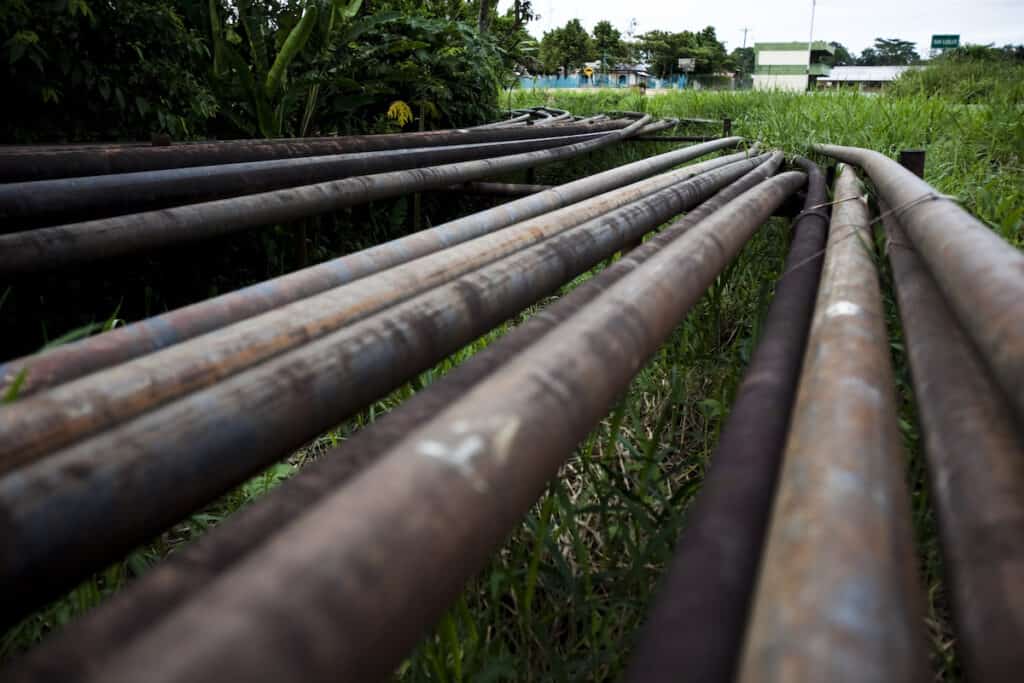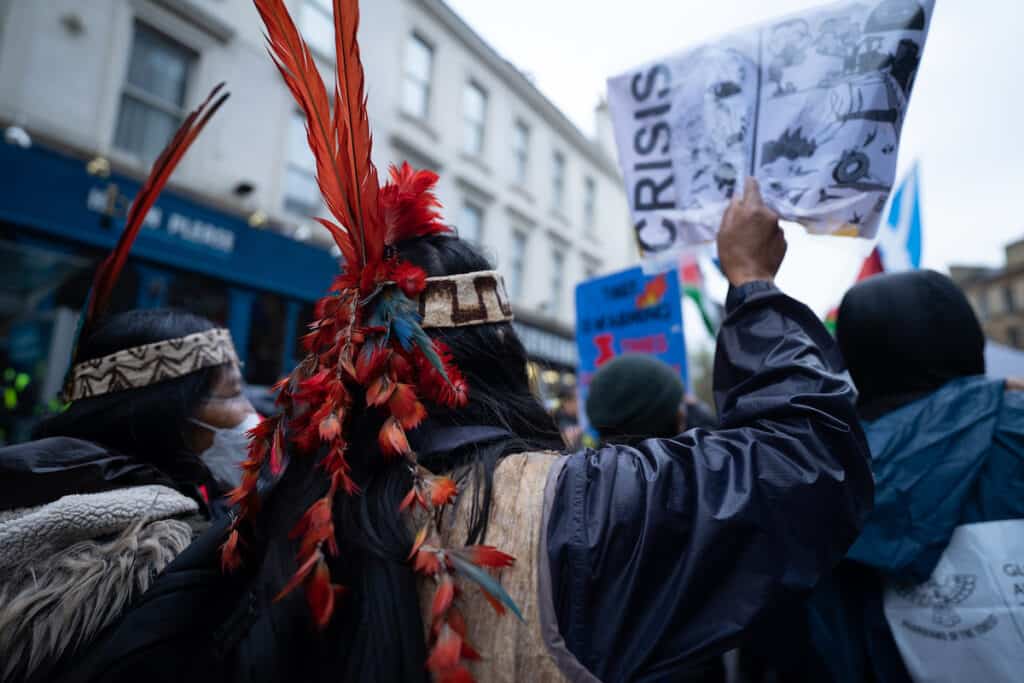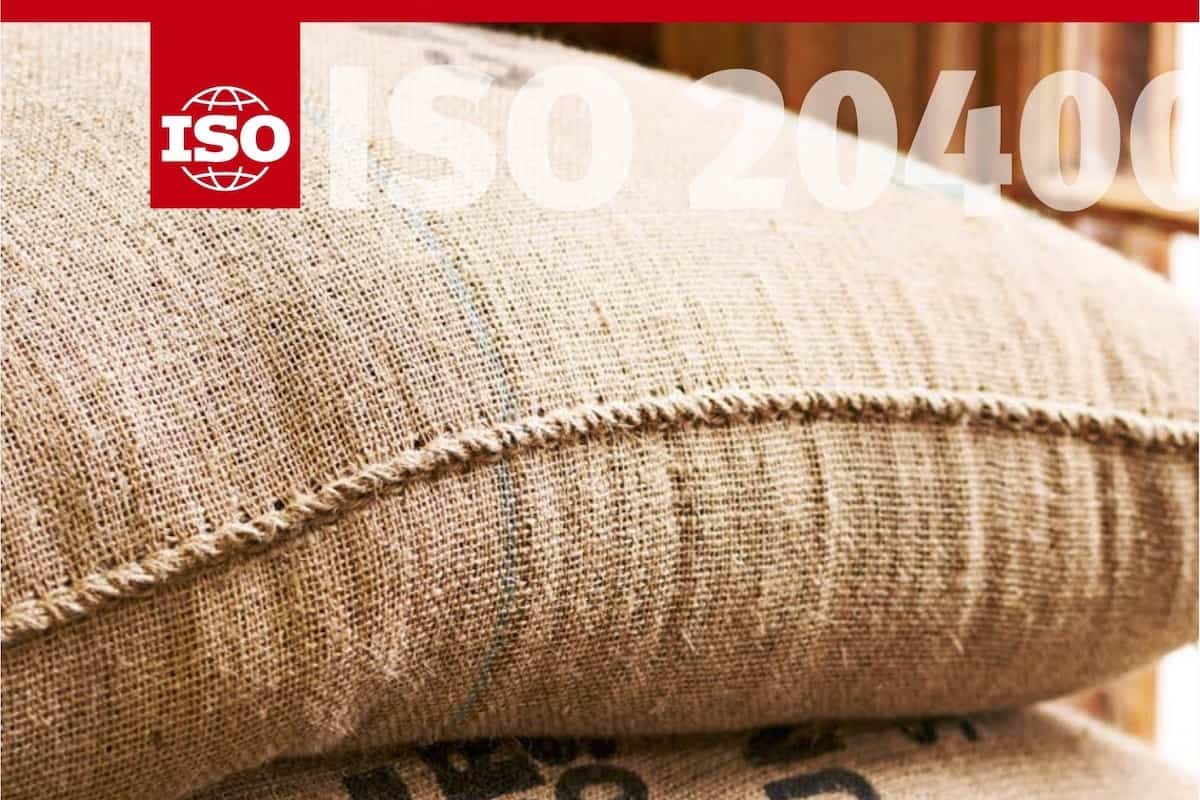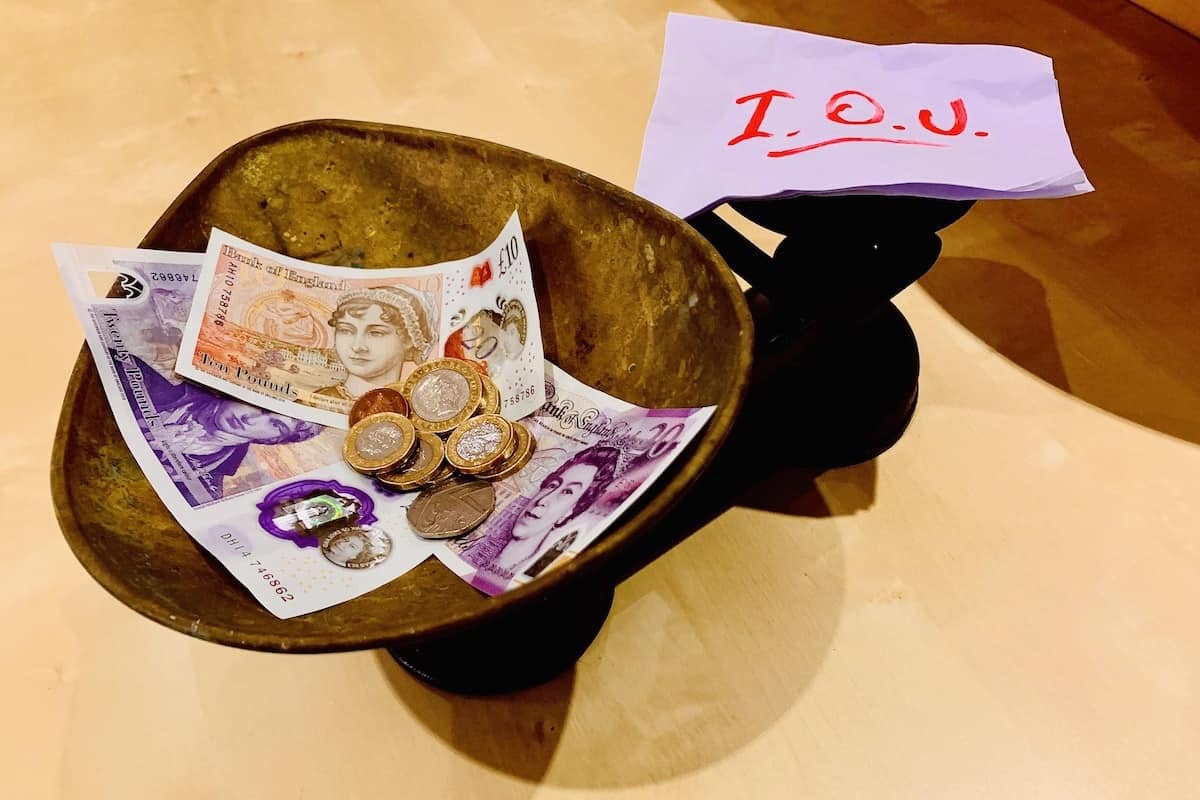
Indigenous rights represent a rapidly emerging area of legal and ethical concern for both sustainable finance specialists and the wider investment community. Especially with environmental, social and governance (ESG) criteria high on the corporate agenda, there is an urgent need for expert guidance.
In response, nonprofit Amazon Watch has published Respecting Indigenous Rights: An Actionable Toolkit for Institutional Investors — an Indigenous-led guide for pension funds, asset managers, and other institutional investors on their responsibility to respect the rights of Indigenous peoples.
Plugging a gap in investing best practice
This new toolkit fills a gap in current investing practice: it reviews the investor responsibility to respect the rights of Indigenous peoples as recognised by international human rights standards and jurisprudence; it also offers guidance on incorporating Indigenous rights into management systems; plus practical tools for identifying and addressing impacts to which investors are connected.
The Toolkit was written by Emil Sirén Gualinga, a member of the Kichwa people of Sarayaku (Ecuador) and a sustainable finance specialist, with contributions and input from Indigenous human rights specialists, investors, and NGOs working on the intersection of business and human rights.
Indigenous rights are an emerging issue, says Emil Sirén Gualinga, lead author of the Toolkit:
“Investors are increasingly recognising the importance of Indigenous rights due diligence; whether compelled to do so due to regulatory developments, stakeholder demands, the relationship of Indigenous rights to nature protection, or financial risks arising from inadequate due diligence.
However, most standards and guidance on social or environmental matters rarely address Indigenous rights. This toolkit aims to bridge that gap and provide investors with tools to learn about and incorporate Indigenous rights into due diligence and investment stewardship activities, and to foster respect for Indigenous peoples’ rights.”
Many institutional investors are failing to adequately identify and address Indigenous rights in due diligence, despite the fact that they are protected by a robust and growing network of international human rights instruments and jurisprudence, and to a growing degree by private sector standards.
This implementation gap is demonstrated by the experience of Indigenous peoples, who increasingly face human rights abuses related to business activities, particularly in extractive, renewable energy, and agribusiness sectors.
The global disconnect on human rights issues presents a threat to Indigenous peoples, suggests Michelle Cook, a member of the Diné Nation and International Director at the Water Protector Legal Collective:
“Indigenous peoples and human rights defenders worldwide are faced with incredible danger to their cultural survival when lands they have used or occupied are threatened by multinational corporations and business entities. The emerging and developing norms and customs within the business and indigenous human rights arena require education and harmonisation between international business and human rights obligations found within domestic legal regimes.“
The Toolkit can help investors become part of the solution rather than the problem, adds Cook:
“This Toolkit, written with Indigenous leadership, helps investors to map the complexities of international human rights norms as they relate to investments, to help investors evaluate their business relationships and supply chains, to effectively use their due diligence, their power, position, and leverage as a catalyst in preventing harmful conduct in protecting the existence and dignity of Indigenous peoples and the lands they steward; lands upon which all humanity depends.”
Turning awareness of rights and risk into action

Though implementation is currently lacking, investors big and small have begun to acknowledge the imperative to respect Indigenous rights, both due responsibilities under international standards and agreements, but also because respect for these rights is critical for climate and biodiversity protection.
In mid-March, BlackRock included a note of caution in its 2023 investment stewardship guidelines for companies whose operations impact Indigenous Peoples’ lands and legal rights.
The advice from the world’s largest asset manager stated that “a failure to obtain, in advance and on an on-going basis, free, prior and informed consent (FPIC) from those Peoples may expose companies to increased legal, reputational or regulatory risk, in light of various local and international laws and norms governing these relationships.”
The risks are real and multiple, concludes Moira Birss, Climate Finance Director at Amazon Watch:
“When investors fail to understand and respect Indigenous peoples’ rights, they not only risk reputational damage but also ignore material business risks, which can cost companies and investors billions in overruns, delays, and project cancellation.
“Even BlackRock recently recognised that failure can lead to financial risk. But recognising the risk and taking steps to mitigate it are two different things, and this Toolkit lays out a path.”
Amazon Watch is a nonprofit organisation founded in 1996 to protect the rainforest and advance the rights of Indigenous peoples in the Amazon Basin. As an NGO, it partners with Indigenous and environmental organisations in campaigns for human rights, corporate accountability, and the preservation of the Amazon’s ecological systems.
Further Reading:
- Access the toolkit Respecting Indigenous Rights: An Actionable Toolkit for Institutional Investors;
- More about Amazon Watch;
- More on the 2023 investment stewardship guidelines from BlackRock;
- Also on SustMeme, Are big banks still secretly in love with fossil fuels?
- Also on SustMeme, Sustainability + Justice = SUSTICE;
- Also on SustMeme, Investors name and shame on human rights;
- Also on SustMeme, Resource as a human right: ‘Future of Water’ in The Times (by Jim McClelland, 2018);
- Also on SustMeme, Amnesty in Action: ‘Enterprise Agility’ in The Times (Jim McClelland, 2017);
- Also on SustMeme, Human Rights: ‘Responsible Business’ in The Times (Jim McClelland, 2017).
Check out the full archive of stories on the SustMeme CSR & Business Channel, now available to Sponsor.






